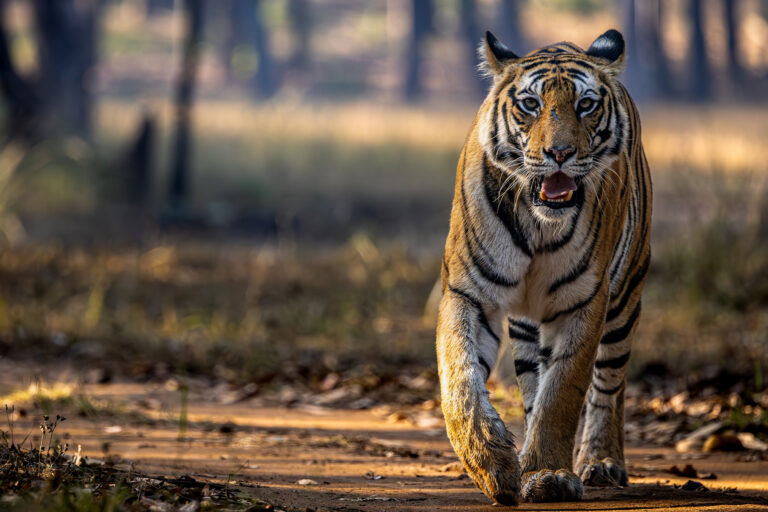- Nepal’s Terai Arc Landscape (TAL) initiative, aimed at restoring ecosystems and creating space for tigers, receives global recognition from the U.N. as one of seven World Restoration Flagships.
- Launched in 2004, the TAL initiative restored 66,800 hectares (165,000 acres) of forest and significantly increased the Bengal tiger population in the region.
- The U.N. recognition opens doors for technical and financial support to restore an additional 350,000 hectares (865,000 acres) in both Nepal and India, but overcoming challenges like infrastructure expansion and human-wildlife conflict remains critical for long-term sustainability.
KATHMANDU — Nepal’s pioneering landscape-level ecosystem restoration initiative, aimed at creating dispersal space for tigers, has been globally recognized for its efforts to fight and reverse ecosystem degradation. Yet sustaining the success is rife with hurdles such as infrastructure development, human-wildlife conflict, political instability and climate change uncertainties, experts caution.
Launched in 2004, the Terai Arc Landscape (TAL) initiative, which led to the restoration of 66,800 hectares (165,000 acres) of forest and nearly tripling of the endangered Bengal tiger (Panthera tigris tigris) population, has been honored as one of seven U.N. World Restoration Flagships by the U.N. Decade on Ecosystem Restoration (2021-30) program jointly led by the U.N. Environment Program (UNEP) and the Food and Agriculture Organization.
“We are glad to receive the recognition from the U.N. as one of the seven best examples of ecosystem restoration around the world,” said Dipak Gyawali, deputy director-general of the Department of Forest and Soil Conservation. “The landscape is important, as it connects different ecologically critical protected areas, not just in Nepal, but also in India,” he added.
The Nepal portion of the TAL spans from the Bagmati River in the east to the Mahakali River in the west, covering an area of 24,710 square kilometers (9,540 square miles). It is home to a variety of wild animals such as tigers, elephants (Elephas maximus), rhinoceros (Rhinoceros unicornis), gharials (Gavialis gangeticus), hispid hares (Caprolagus hispidus), sloth bears (Melursus ursinus) and river dolphins (Platanista gangetica), as well as more than 500 species of birds, many of them endangered.


